1.Network Challenges In the 5G Era
With the booming development of IoT, telematics and other technologies, the types and amount of access terminals in the network are increasing. Facing this trend, 5G wireless network has the potential to realize the real "Internet of Everything". It is estimated that by 2030, the total number of mobile communication devices globally will reach 100 billion magnitudes. Mobile data traffic will increase by approximately 20,000 times compared to 2010. Data traffic in mobile networks is uneven in distribution and varies with time, place, and application, which brings great pressure to network transmission. Therefore, the new requirements of 5G networks requires innovative solutions to cope with this change.
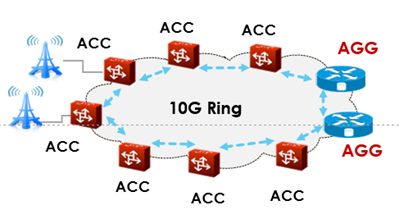
Figure 1 Current Mobile Backhaul Structure
Figure 1 shows the most common mobile hop to hop backhaul structure in current networks. The main bearer technology is IP/MPLS or MPLS-TP with a capacity of 10G per access ring. Each ring typically has 6-8 nodes that carries 2G/3G/4G BTS services. This structure has been successful in the 4G era. However, the current network has encountered some bottlenecks as the bandwidth and access ring capacity have increased in the 5G era as shown in Figure 2. It is evident the increase in bandiwidth is a rigid demand, and as the amount of nodes and distance increase per access ring the other challenge is how to reduce the latency with more access nodes and longer ring distance.

2. WDM:Releasing the Potential of Optical Fiber
Theoretically speaking, the bandwidth of optical fiber is unlimited, hence optical fiber is a key factor to meet the demands of the bandwidth increase in the access network in the 5G era. As for the latency increments, a slight change in the current network structure can bring great improvement. Therefore, integration WDM (Wavelength Division Multiplexing) technology with packet technology is the evolution trend.
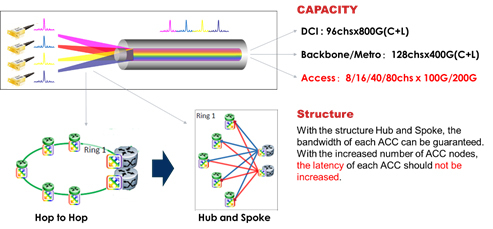
Figure 3 WDM/ Hub & Spoke
FiberHome’s optic fiber technology currently has the capacity to achieve 96chsx800G in DCI scenarios, 128chsx400G in metro scenarios and 8~80chsx100G/200G in access scenarios, hence fully meeting the demands of access network bandwidth. By utilizing the Hub and Spoke structure (similar to the spine leaf structure in DC), each access site is one-hop to the aggregation site to guarantee latency, network slicing is also a solution to ensure latency. In addition, with WDM OLT can be easily connected to the network covering enterprises and home broadband services. However, this also creates issues such as the increase of more equipment taking up more space, higher requirements for outdoor applications, the protection and coordination between IP & WDM, and the disaggregation between different vendors. Operators generally agree with the trend of introducing WDM in the backhaul network, although the abovementioned problems require better solutions

Figure 4 Main Solutions in Industry for Different Scenarios
For 5G newly built and existing network IPRAN transformations, IP over DWDM or IP+DWDM are mostly adopted. Considering the scalability and flexibility, IP+DWDM is better than IP over DWDM. For the existing network MPLS transformation, POTN is often used to replace and upgrade the legacy network. While the original MPLS functions are completely retained, the high-speed WDM technology large pipes are introduced without the stacking of multiple devices.
3. Innovative Access Layer Design Towards 5G — POTN Solution
Despite the popularity and the success of IP+DWDM in the access network, this solution has encountered a bottleneck to meet with the needs of 5G. The new scenarios of 5G such as eMBB, uRLLC and mMTC is estimated to drastically increase the amount of data and terminal devices in the network, thus leading to the construction of a massive network infrastructure and large amount of network devices that take up more space and consume more energy in metro area. IP & DWDM are two separate networks with limited integration, therefore IP+DWDM is not suitable for the demand of future networks. Therefore, FiberHome introduces a new solution that achieves full integration of IP and optic technology POTN (Packet OTN), which aims to provide a comprehensive service bearer scheme with low cost, low latency, and low power consumption for the next generation metro access network.
POTN provides not only transmission pipe, but also MPLS-TP, End to End 100G/200G transmission pipe with full MPLS functions, LAG, LSP 1:1, PW Redundancy, MS-PW.
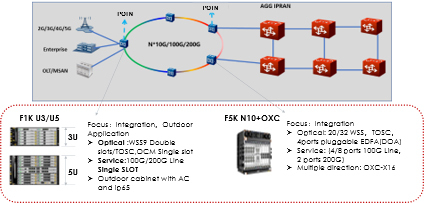
Figure 5 POTN Access Layer Design
3.1 Device Feature- Compact & Rigid

Figure 6 FiberHome FONST 1000 U Series
FONST 1000 U1/U2/U3/U5 support installation in outdoor cabinet to achieve outdoor deployment. Compact size, energy efficient with high bandwidth capacity highly saves space and energy and fully compatible with metro 5G network requirements.
3.2 Latency Insurance — Network Slicing Based On ODUK/ODUFlex

Low latency ODUk/ODUflex slicing
• Create VIP transmission pipe by low latency slicing
• Single hop guarantee latency requirement of low uRLLC
Service Isolation by ODUk/ODUflex hard slicing
• Fixed broadband, mobile and leased line are in 1 network
• ODUk/ODUflex hard slicing can isolate different kinds of service to guarantee SLA
Figure 7 ODUK/ODUFlex Slicing
3.3 Latency Insurance — Network Slicing Based On ODUK+VPN
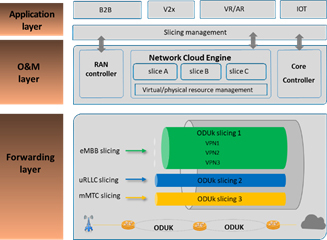
Figure 8 ODUK+VPN Slicing
End to end collaboration, automatic slicing
Multiple network collaboration from radio to core
Create/modify/delete automation in life cycle
ODUk+VPN soft & hard isolation
ODUk hard silcing isolation guarantee service SLA
VPN soft slicing maximize network resources utilization
Low latency ODUk slicing
Create VIP transmission pipe by low latency slicing
Single hop guarantee latency requirement of uRLLC
3.4 SDN Based Multi-Vendor Network Disaggregation
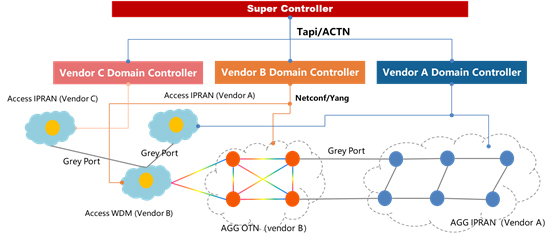
Figure 9 SDN Network
Based on SDN technology disaggregation between multi-vendors is achievable. WDM and IPRAN service connection between different vendors is achieved through grey port forming a horizontally service interoperable structure. Vertically, a super controller can be utilized to achieve unified management and control between different vendors via standard NBI and SBI.
4. Application Case — Access POTN Network in Country M
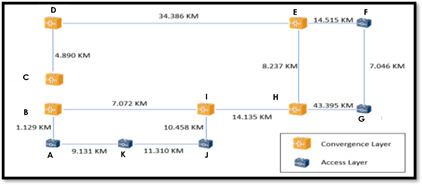
Figure 10 MPLS backhaul replacement solution in country M
Network upgrading faced to 5G, Replace existing MPLS
Access ring: L2 aggregation to 100G; Convergence Ring: aggregation to AGG
Network service for 3 mobile operators, the AGG routers are completely different from multiple vendors.
In this case, the bandwidth demand was 100G line rate with DWDM, the role of the POTN was to cover the original full LSP1:1/PW redundancy/LAG MPLS functions in the Network. To ensure the business model, leasing was based on 100G channel to different mobile operator via hard slicing. FiberHome SDN application such as latency map. BOD, SLA visualization, fault simulation, health prediction and OVPN were richly applied in the network with excellent feedbacks.
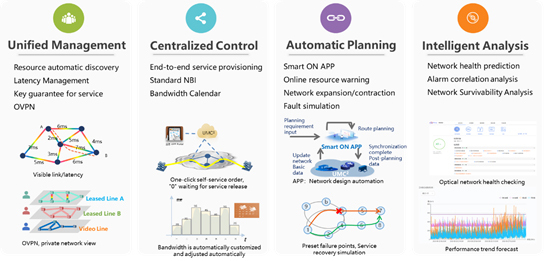
Figure 11 FiberHome Smart Controller
FiberHome’s smart controller is a unified management platform that provides centralized control, automatic planning and intelligent analysis making your network visible, manageable, and easy to maintain. We believe that the SDN based mobile access POTN network solution is a great innovation that enables our customers to be leaders in the industry in the 5G era.